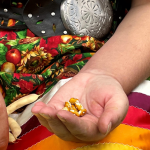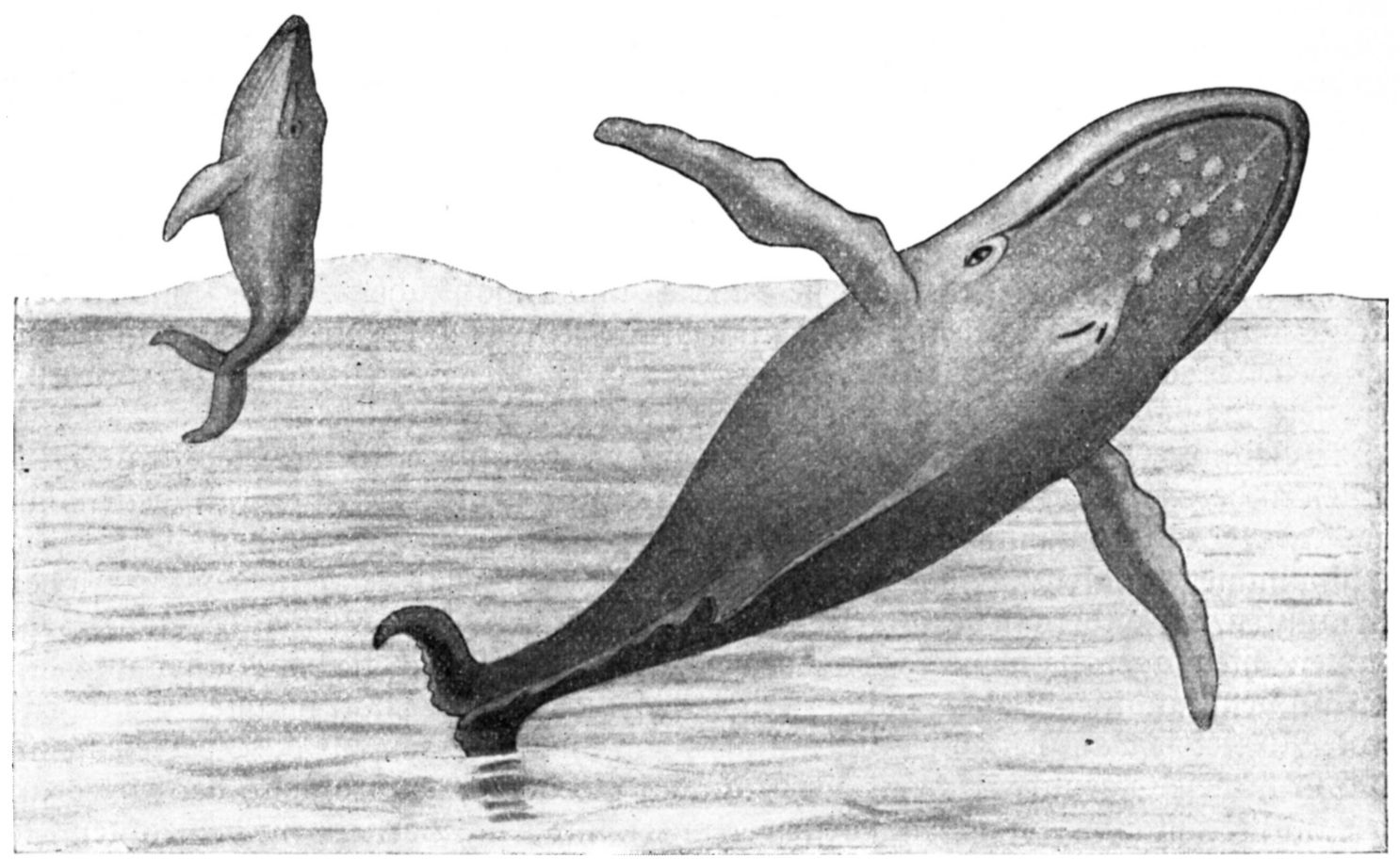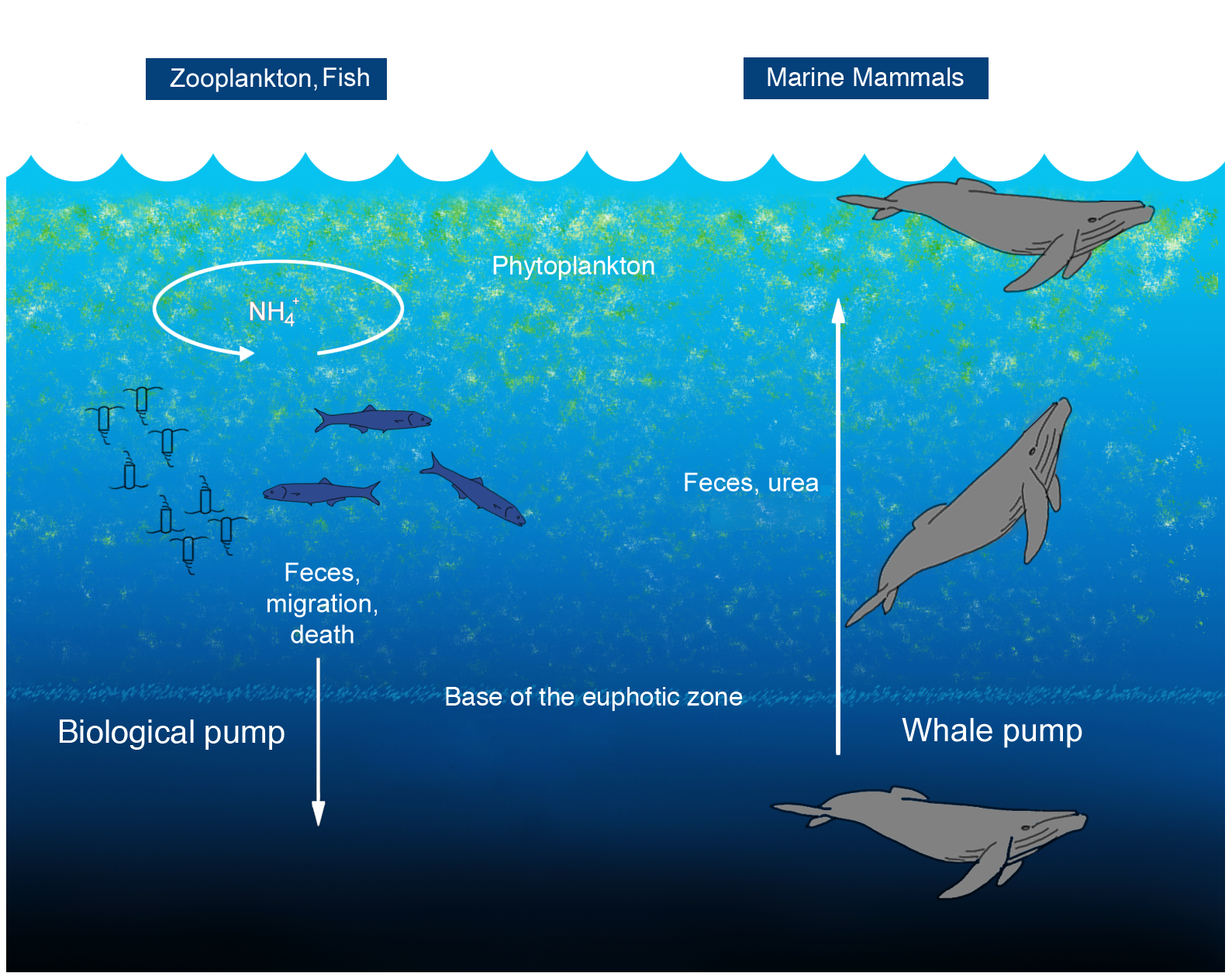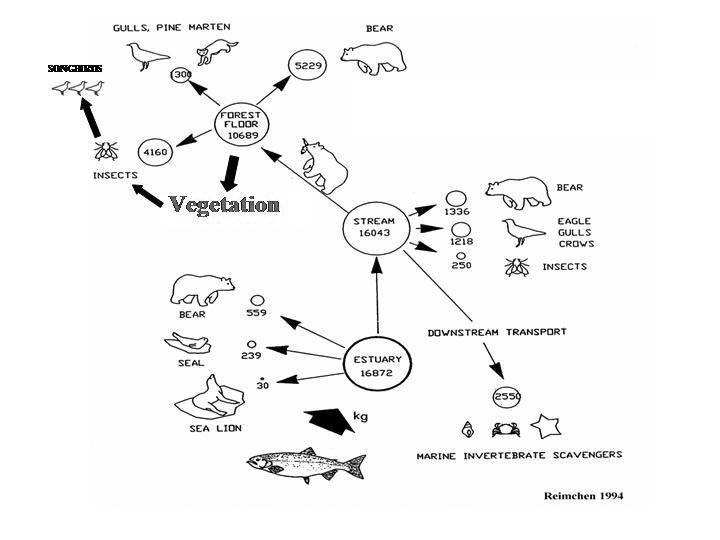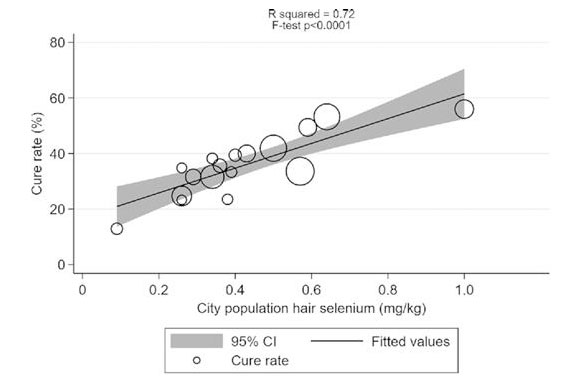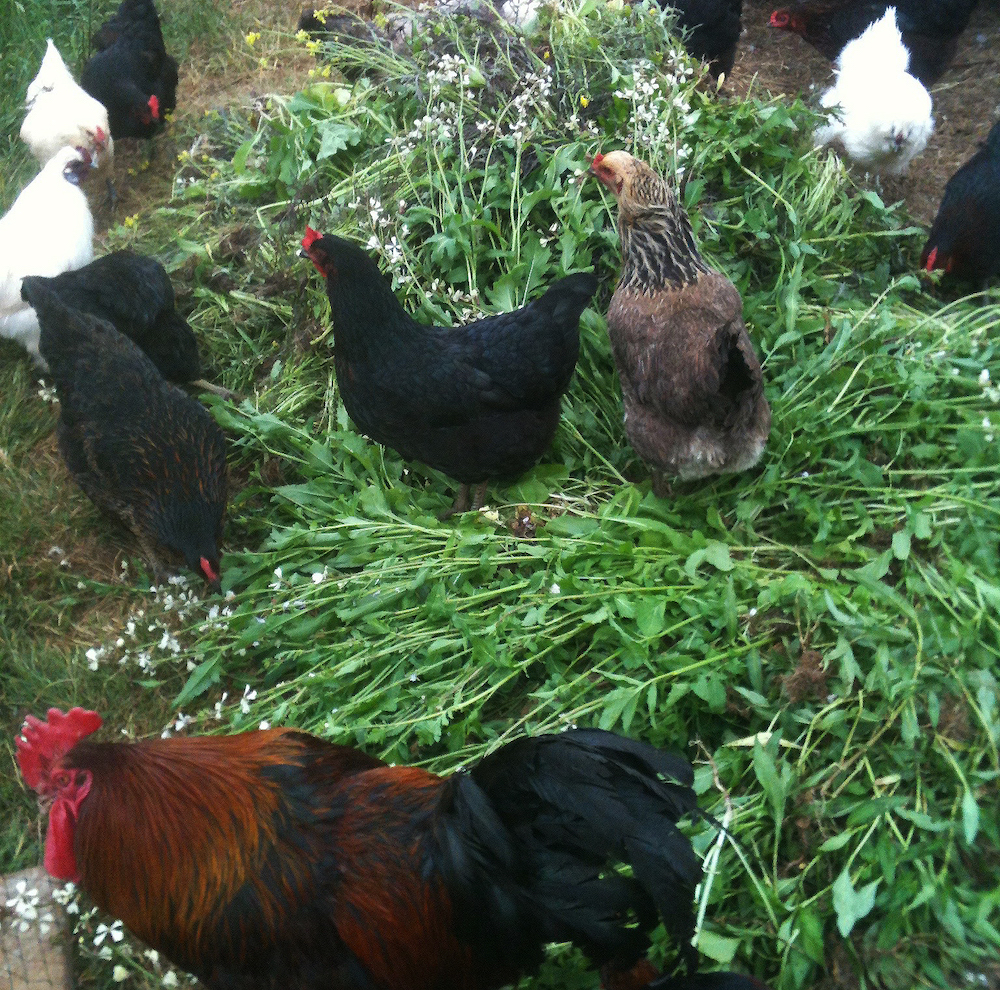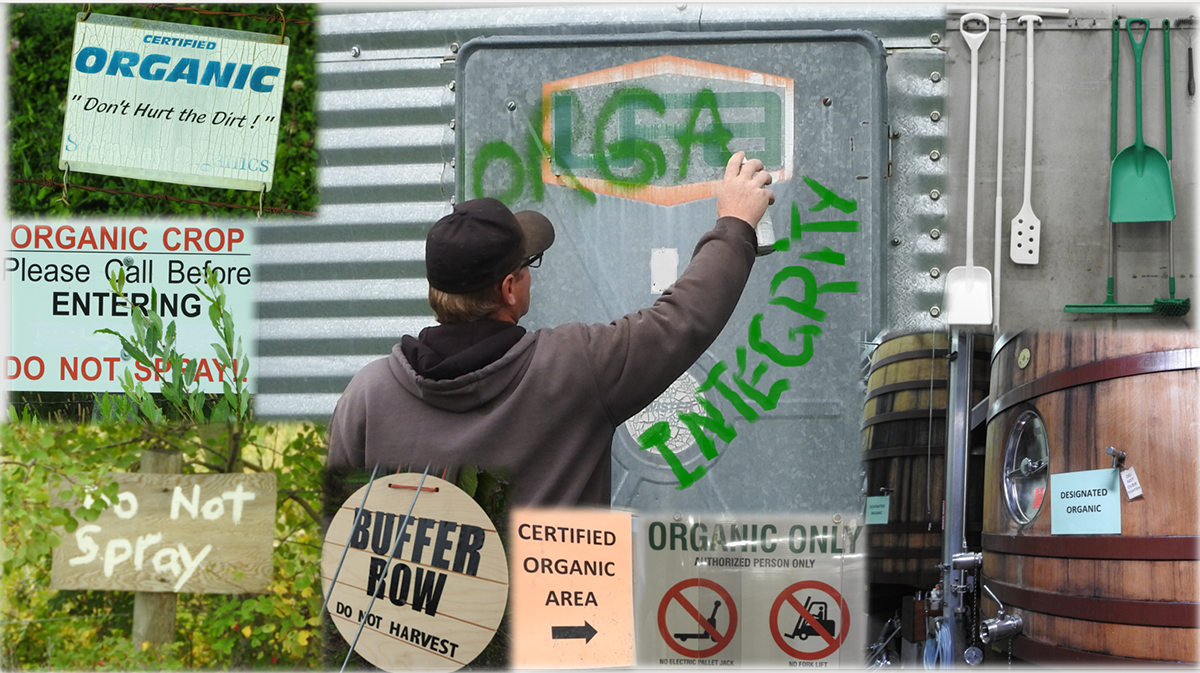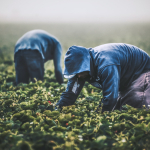Footnotes from the Field: Nature’s Electromagnetism
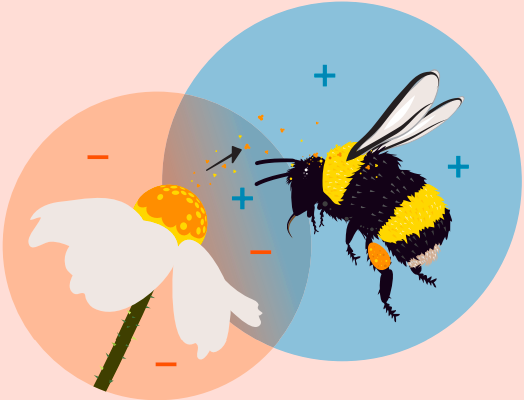
A Cooperative Energy Flow
By Marjorie Harris
Mother Nature is an ocean of electromagnetic waves traveling at the speed of light. It is now understood that nothing happens in the natural world that isn’t an electromagnetic event at some level.
It was just over 175 years ago in 1846, that Michael Faraday, known as the father of electromagnetism proposed the electromagnetic theory of light. He had discovered that light and electromagnetism were inter-related. The flow of light, charged particles, and electric currents were all governed by the same natural laws of electromagnetism. Shortly before Faraday’s passing in 1867, something spoke to him in the colours of the spectrum of light. While he looked out his western window past the distant rainfall he saw a beautiful rainbow that spanned the sky, and exclaimed, “He hath set his testimony in the heavens.”
Electromagnetism makes the world go round and round—every visible action starts with an invisible electromagnetic foundation, observed in the far distant cosmos macro displays of exploding supernovas, in the nearer Sun’s solar flares and coronal mass ejections, in our terrestrial atmospheric displays of northern lights, rainbows and lightening, and all the way down to microscopic movements of nutrients in the soil and phytoplankton pastures of the oceans, all demonstrating electromagnetism in motion.
On an electromagnetic level, nature operates cooperatively; this is far from the Darwinian concepts of competition and survival. Nature can be witnessed as the flow of energy dedicated to an incorruptible cooperative system set in motion by celestial events in galaxies far, far away.
Climate Changes and Nitrogen Fertilization
Galactic cosmic rays (GCR), are highly energetic, mainly positively-charged protons, whizzing through space at nearly the speed of light. Most of these charged particles have their origins outside of our solar system, coming from our own Milky Way galaxy, and beyond from distant galaxies. It is thought that they are the remnants of exploded supernovas. The climate and cloud cycle on earth is influenced to some degree by events occurring outside of our solar system that create galactic rays.
The earth is shielded by a magnetosphere as well: the Sun’s solar magnetic field helps to block incoming GCR’s. When our Sun is in a low sunspot period of its 11-year solar cycle, more galactic rays are able reach the earth’s atmosphere, increasing the low cloud cover. The result of more cloud cover is a cooler climate and more lightning storms. When clouds develop ice crystals the clouds separate into positively-charged tops and negatively-charged cloud bottoms. Lightning strikes are not random; lightning is guided to soils with high accumulations of positive charges. The soil develops positive charges for a number of reasons including microorganism and fungi activity. Fungi mycelium hyphae grow from positively charged tips and prefer to grow in the alkaline soils which result after fires.

Electromagnetic Energy of Lightning
Lightning is known to emit significant electromagnetic energy. These energy bursts react with the air, releasing atmospheric nitrogen aerosols that are washed down in rainfall to the soil and are bioavailable as nitrogen fertilizer for plants. Galactic cosmic rays create cooler temperatures, more rain, and nitrogen fertilization which promotes abundant plant growth.
The Birds & the Bees
The Earth’s magnetosphere also plays a vital role in bird migrations. It was recently discovered that some birds use the lines of the Earth’s magnetic field to find their way to their breeding and wintering grounds—they navigate the globe by actually being able to see Earth’s magnetic field lines.
Bees have a positively electric relationship with flowers. Bumblebee wings beat more then
200 times per second. The flight is so rapid it causes the bees to collide with the tiny air particles. As the bees collide with the air particles, electrons are knocked off of the bees creating a positive static electrically-charged aura around the bee. Flowers rich in nectar have an invisible negatively charged electric fields which stimulate the sensory hairs on the bee’s head and draw the bee toward them. As the bee lands on the flower, the negatively-charged flower pollen leaps onto the bees, sticking to the bee’s positively-charged hairs. Some of the bee’s positive charge shifts onto the flower, changing its electric field aura and telling other bees the nectar bounty has been plundered and to forage elsewhere. This helps bees be more energy efficient in their foraging activities.
We live in an electromagnetic soup that is influenced by forces on earth, the solar system, the Milky Way galaxy, and beyond—into a universe full of supernovas. Even the honey made by the humble bee depends on galactic cosmic rays originating in galaxies far, far way. Life truly is a cooperative, magical, and mysterious electromagnetic creation beyond comprehension!
Marjorie Harris, IOIA VO and concerned organophyte.
Feature image: Electric fields of flowers stimulate the sensory hairs of bumblebees. Credit: Bumblebee Conservation Trust.
References: Faraday and the Electromagnetic Theory of Light. bbvaopenmind.com/en/science/leading-figures/faraday-electromagnetic-theory-light/ Electric fields of flowers stimulate the sensory hairs of bumble bees, Bumblebee Conservation Trust bumblebeeconservation.org/wp-content/uploads/2019/11/03-StaticElectricity.1_v2.pdf 7020–7021, PNAS, June 28, 2016, vol. 113 no. 26 pnas.org/cgi/doi/10.1073/pnas.1607426113 Kaplan, M. Bumblebees sense electric fields in flowers. Nature (2013). doi.org/10.1038/nature.2013.12480 NASA Researchers Explore Lightning’s NOx-ious Impact on Pollution, Climate, 10.22.09 National Earth Science Teachers Association windows2universe.org/earth/Atmosphere/tstorm/lightning_formation.html&edu=high The bee, the flower, and the electric field: electric ecology and aerial electroreception link.springer.com/article/10.1007/s00359-017-1176-6




